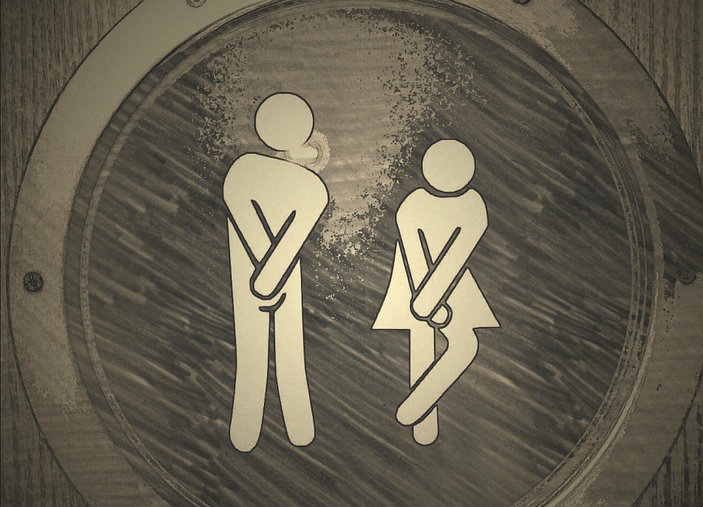Happy Lemtrada anniversary to me!
It’s been two years since I completed my second round of Lemtrada (alemtuzumab) infusions, and I’m happy to say that the results have been good. Not everyone’s experience with Lemtrada will mirror mine, but I don’t think I’m much different than most.
My brain MRI hasn’t shown any new, enhanced, or active lesions since before my first treatment, although that had been stable for several years before I began Lemtrada. More importantly, my symptoms haven’t worsened. In fact, some have improved a bit.
I generally feel better. I’m more alert and my physical fatigue is less than it was before my treatment. I have some lower back and hip pain, but it’s not as severe as it was a year ago. Nighttime foot and leg cramps are easing a little.
My bladder problems have improved, which is a biggie. For years, I’d wake up about three times a night for a trip to the bathroom. But since the start of this year, I’m getting up only once on most nights. A few times a month, I actually sleep through the night a full eight hours! During the daytime, I have less urgency and frequency. When I urinate, I usually feel like I’m emptying my bladder completely.
Bowels are also better. I’ve gone from where being “regular” meant every three to five days to actually being pretty regular, every day or two.
The neuro tests agree
Various neurological tests confirm that it’s not all in my head. I was walking slightly faster on my last two 25-foot walking tests. My neurologist says my gait has improved. My speed is better on the nine-peg test that rates finger dexterity. These improvements aren’t dramatic, but they are improvements.
Ups and downs
As I’ve written in several columns since my Lemtrada journey began, the ride hasn’t been entirely smooth. Bumps have occurred, especially during the first six months after each series of infusions. (The standard Lemtrada treatment involves five consecutive days of infusions followed by three consecutive days a year later.) But those bumps involved minor problems such as fatigue, hip pain, a strep infection, and a urinary track infection.
What gets the credit?
I can’t say for sure why I’m doing better. I’m exercising more frequently. I’m drinking more water than I have in years. I’m eating a little better. I’m also in a fairly low-stress environment. Is that why I’m improving, or is it because of the Lemtrada treatments? Would I be stable without any treatment?
This is MS, so who knows? Does it really matter? Not to me.
(A version of this post first appeared as my column on the MS News Today website).



